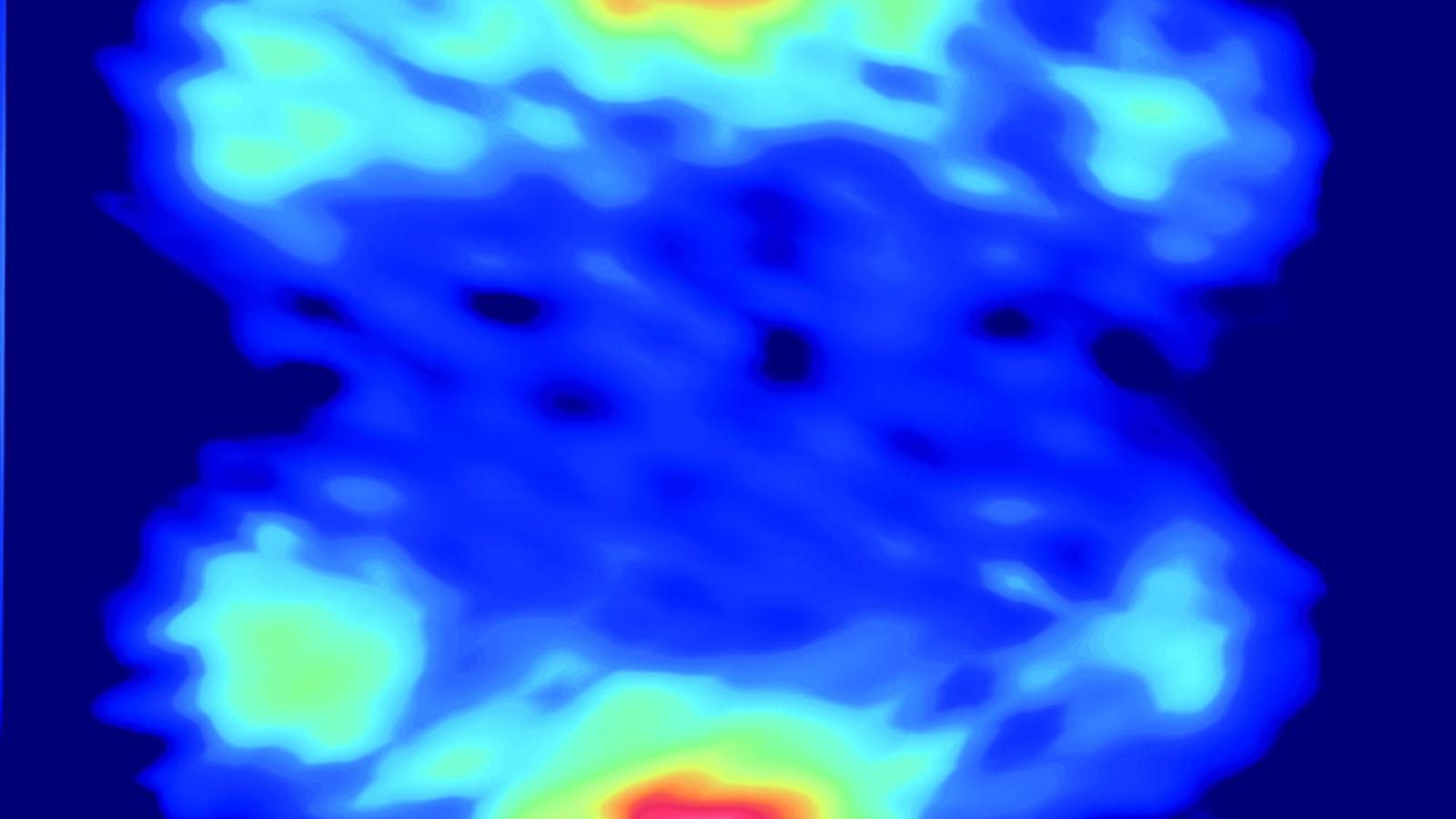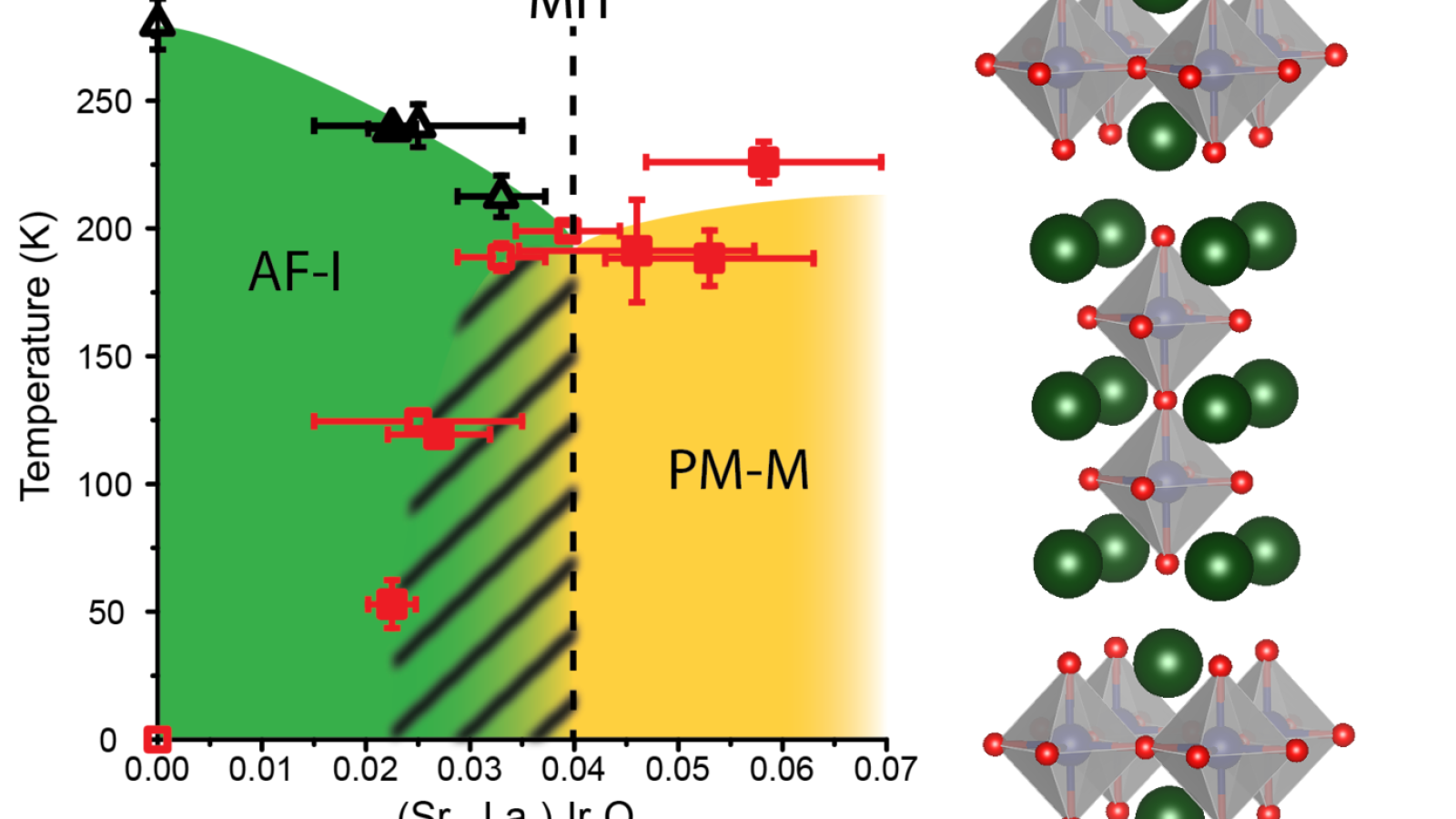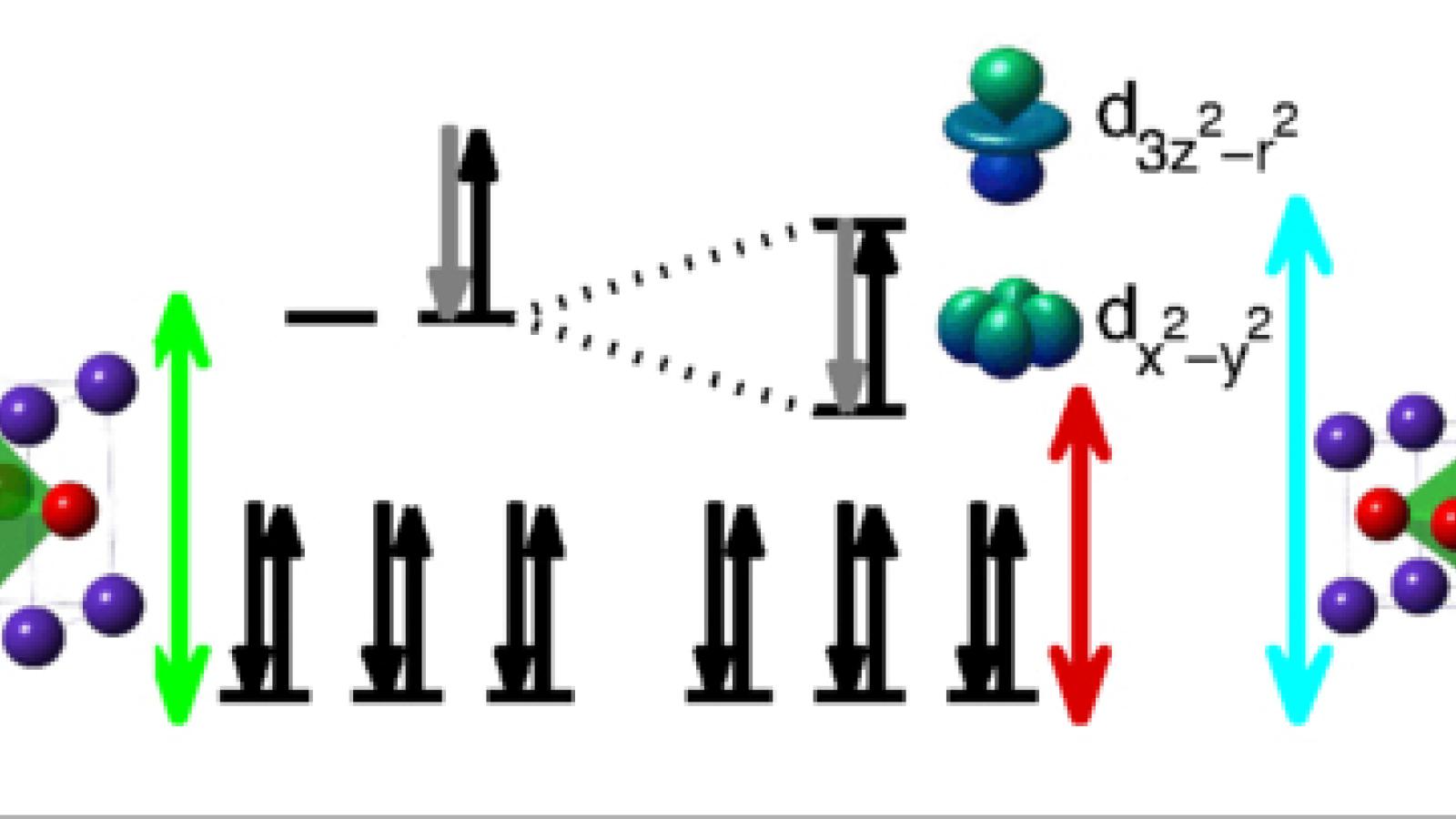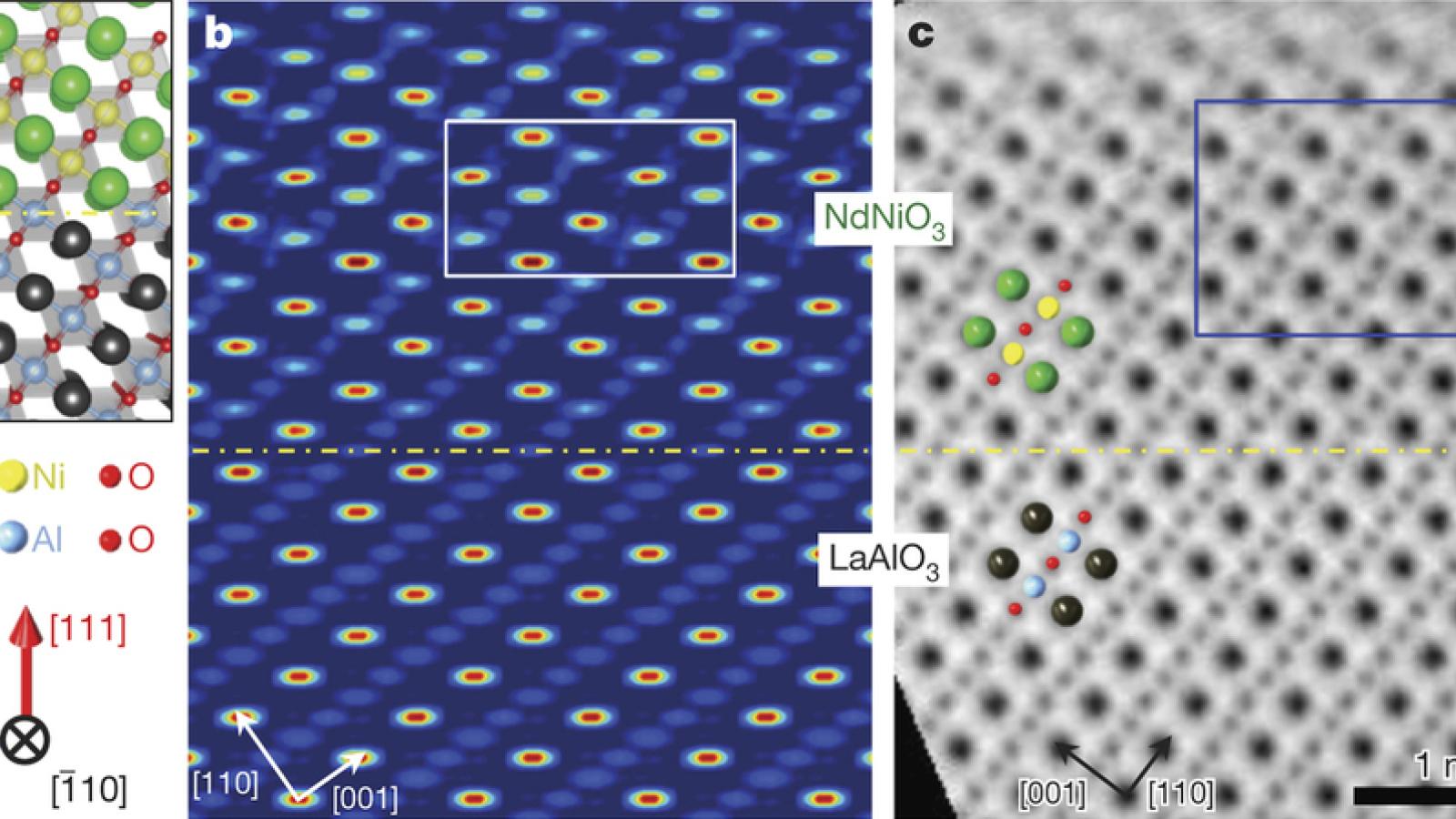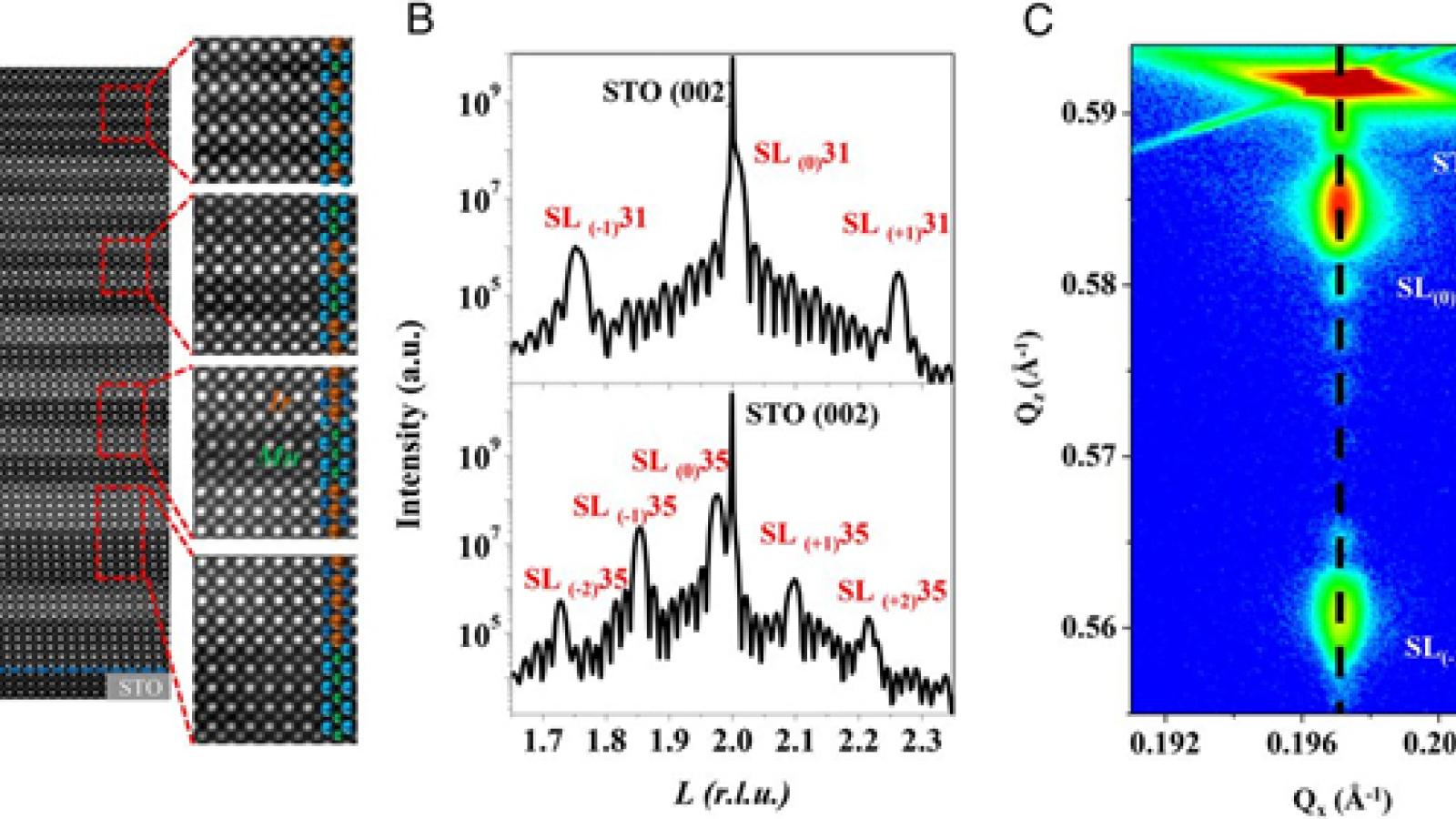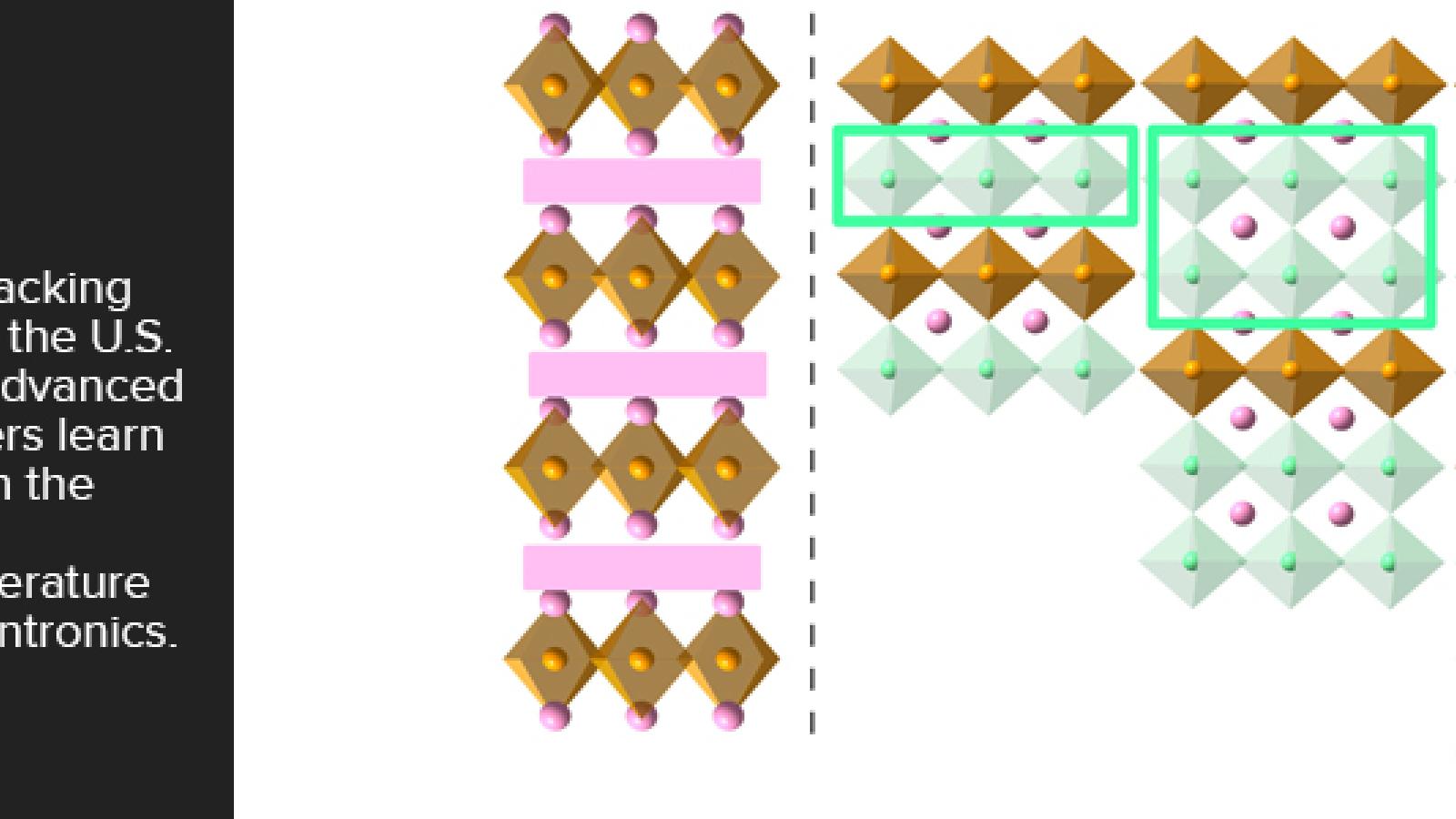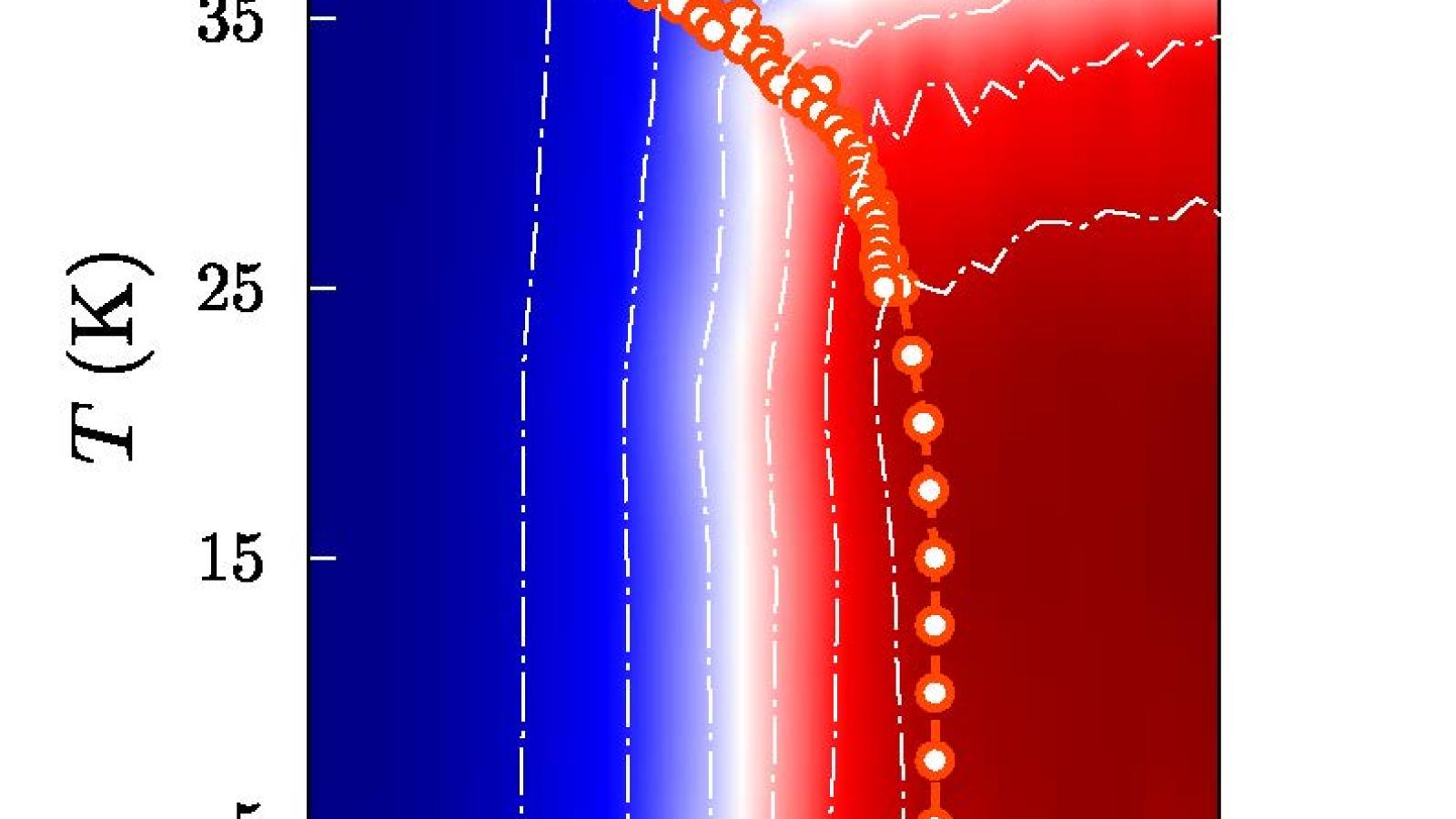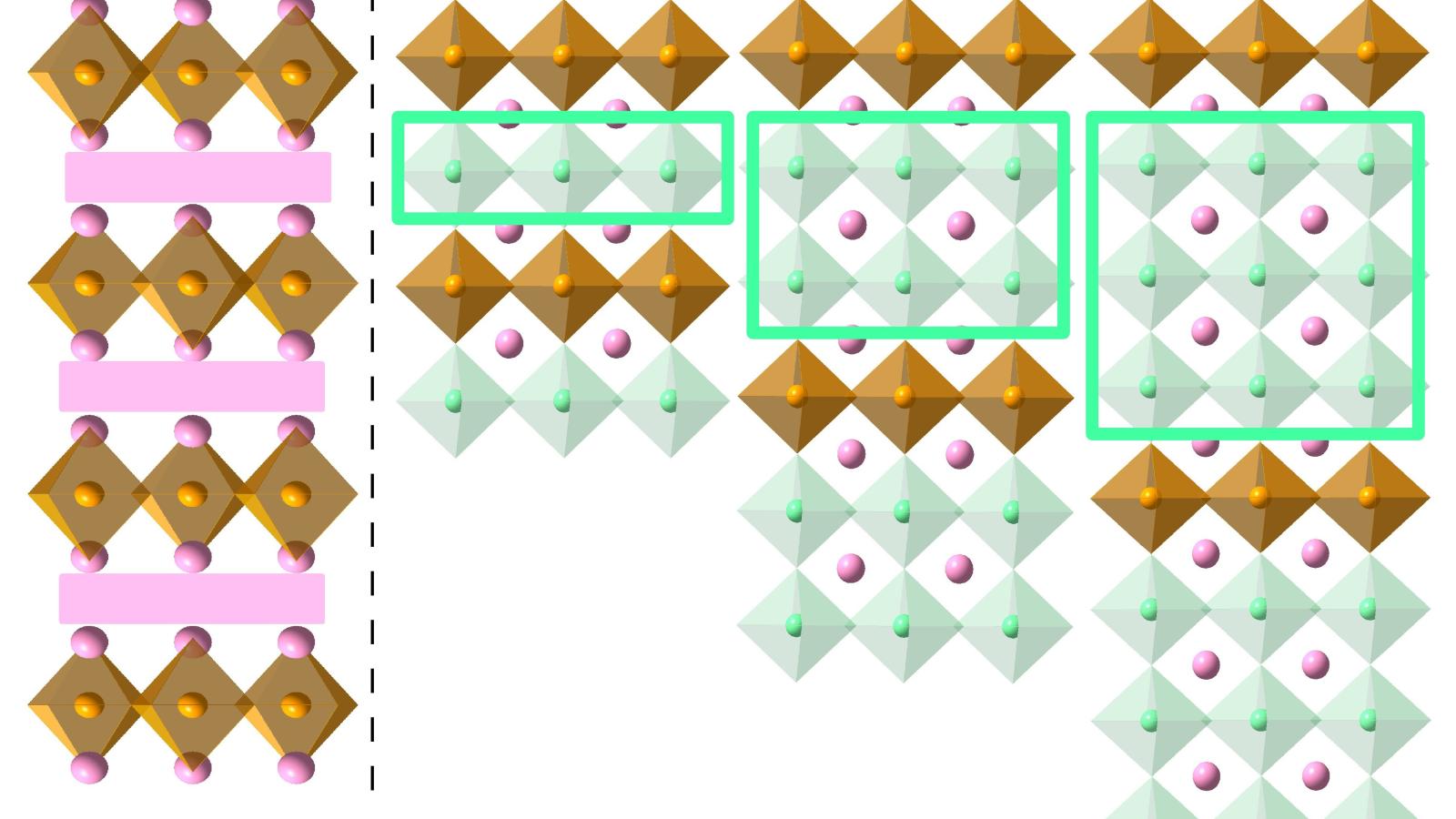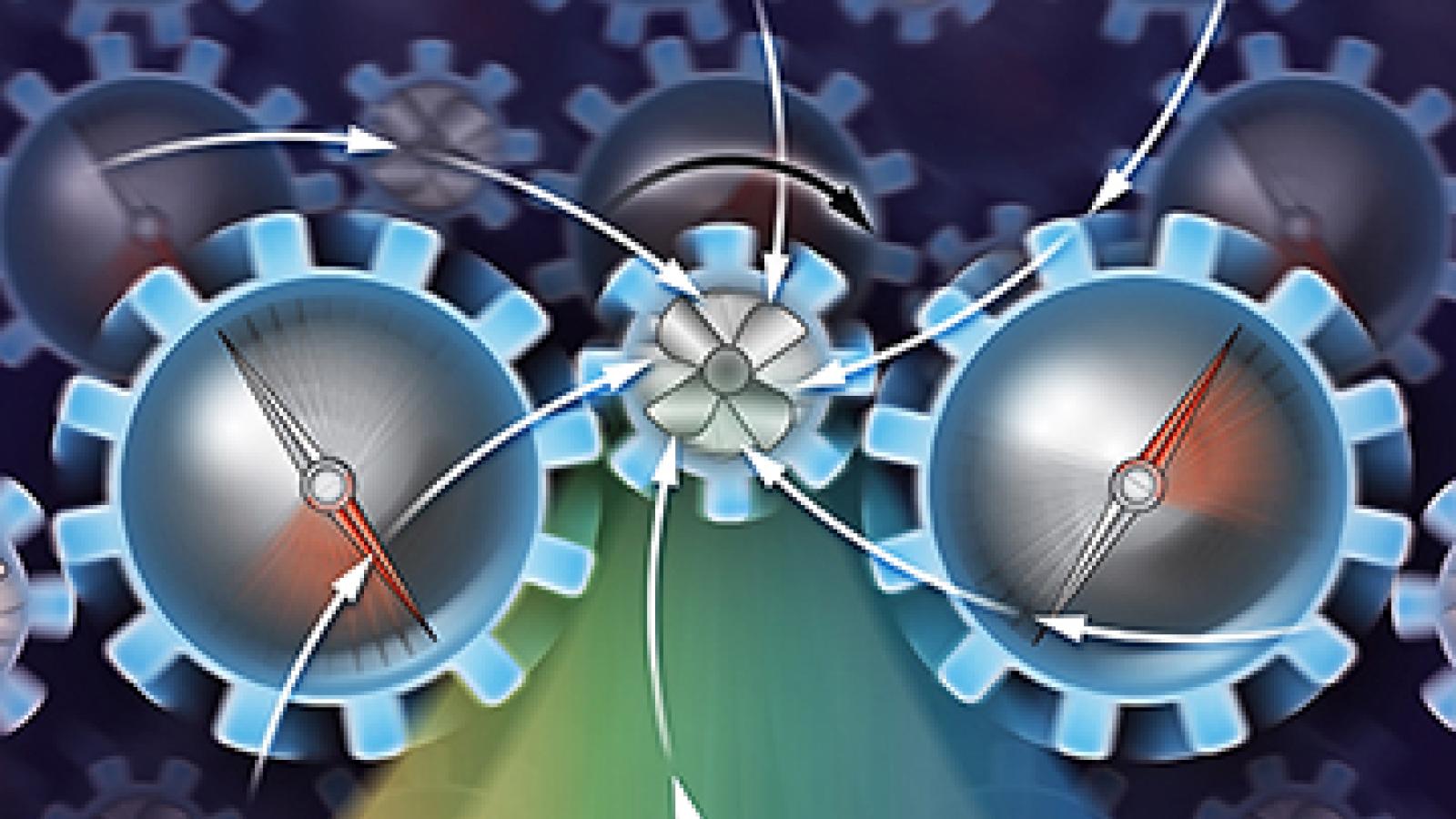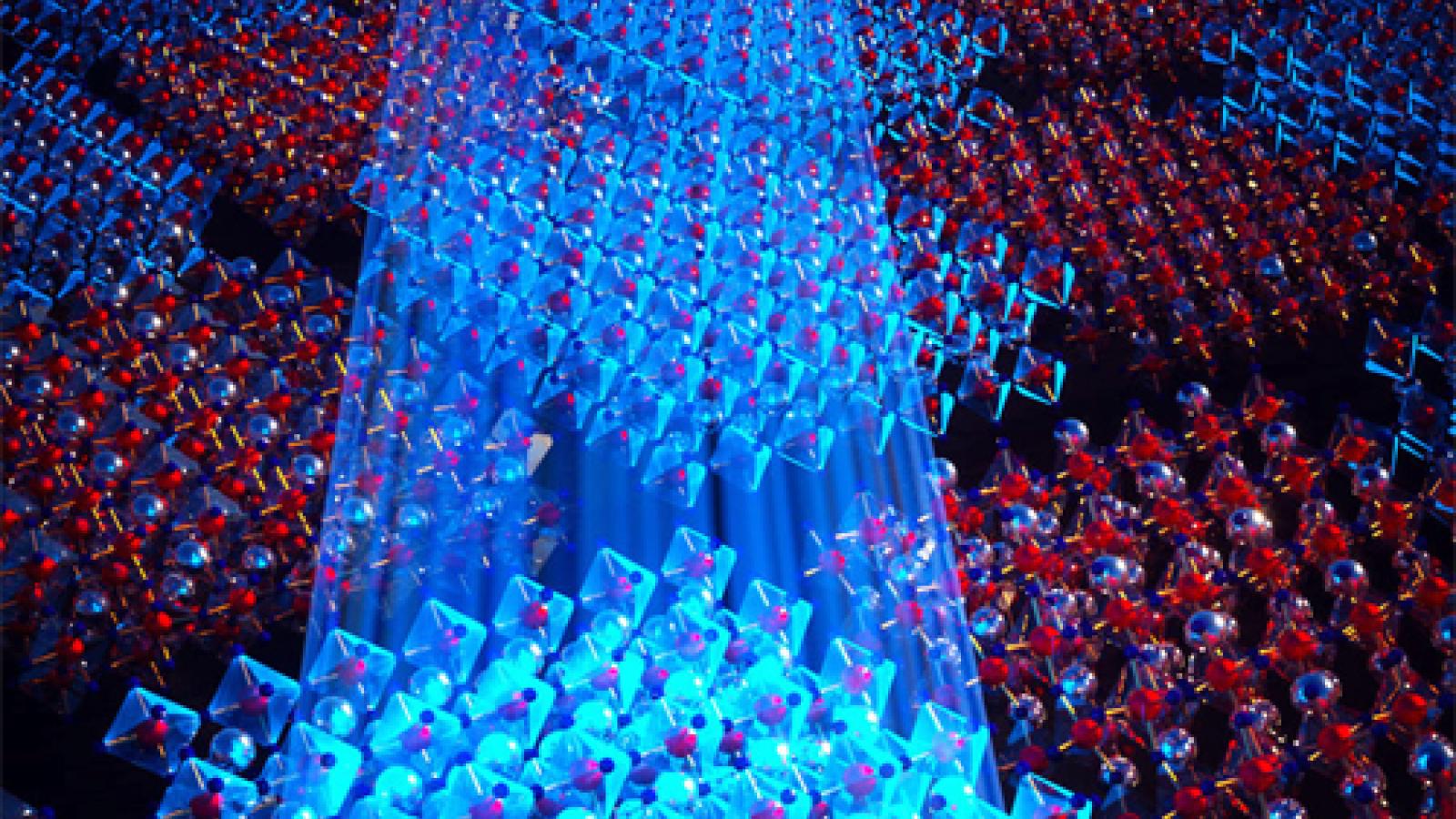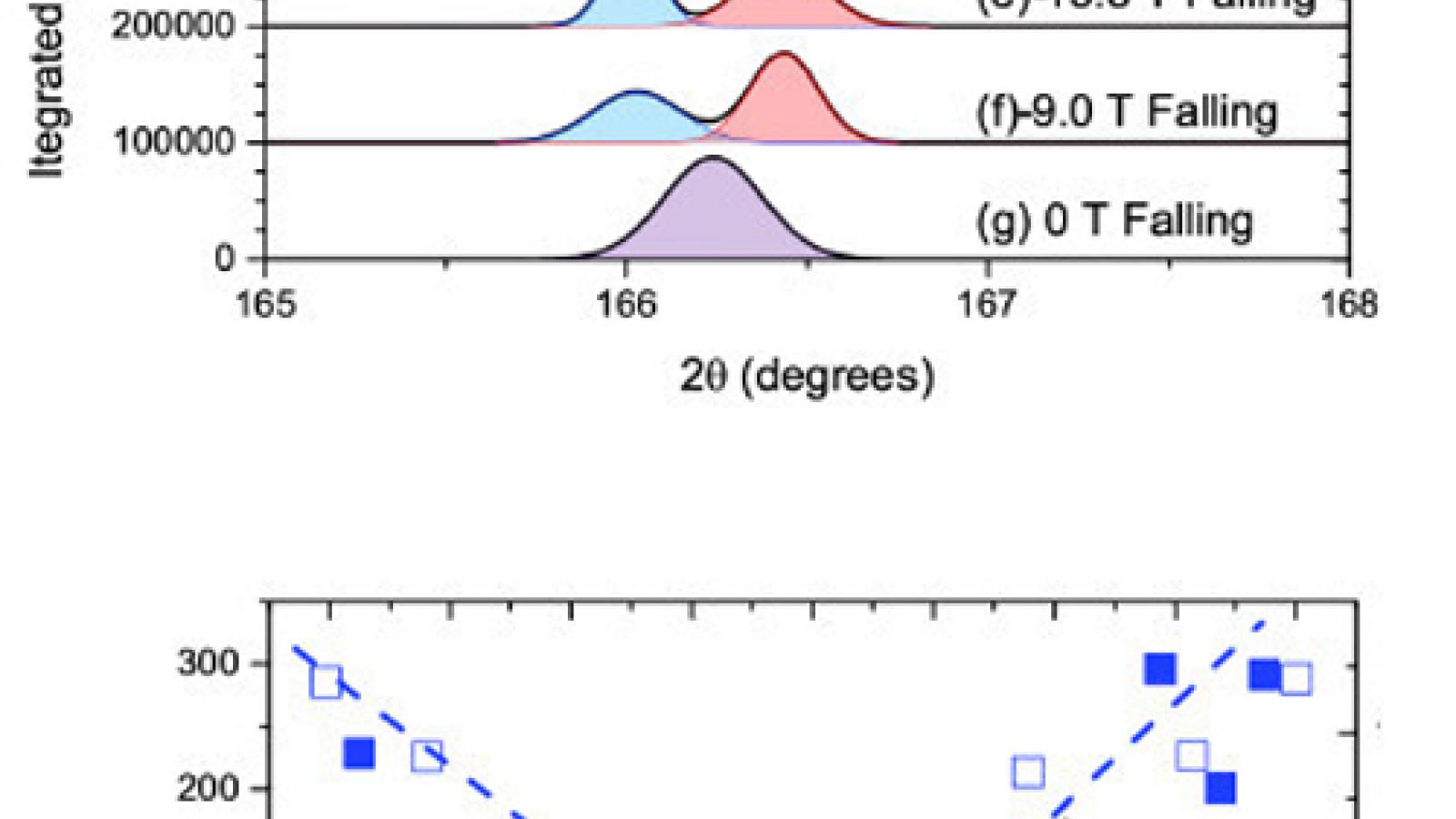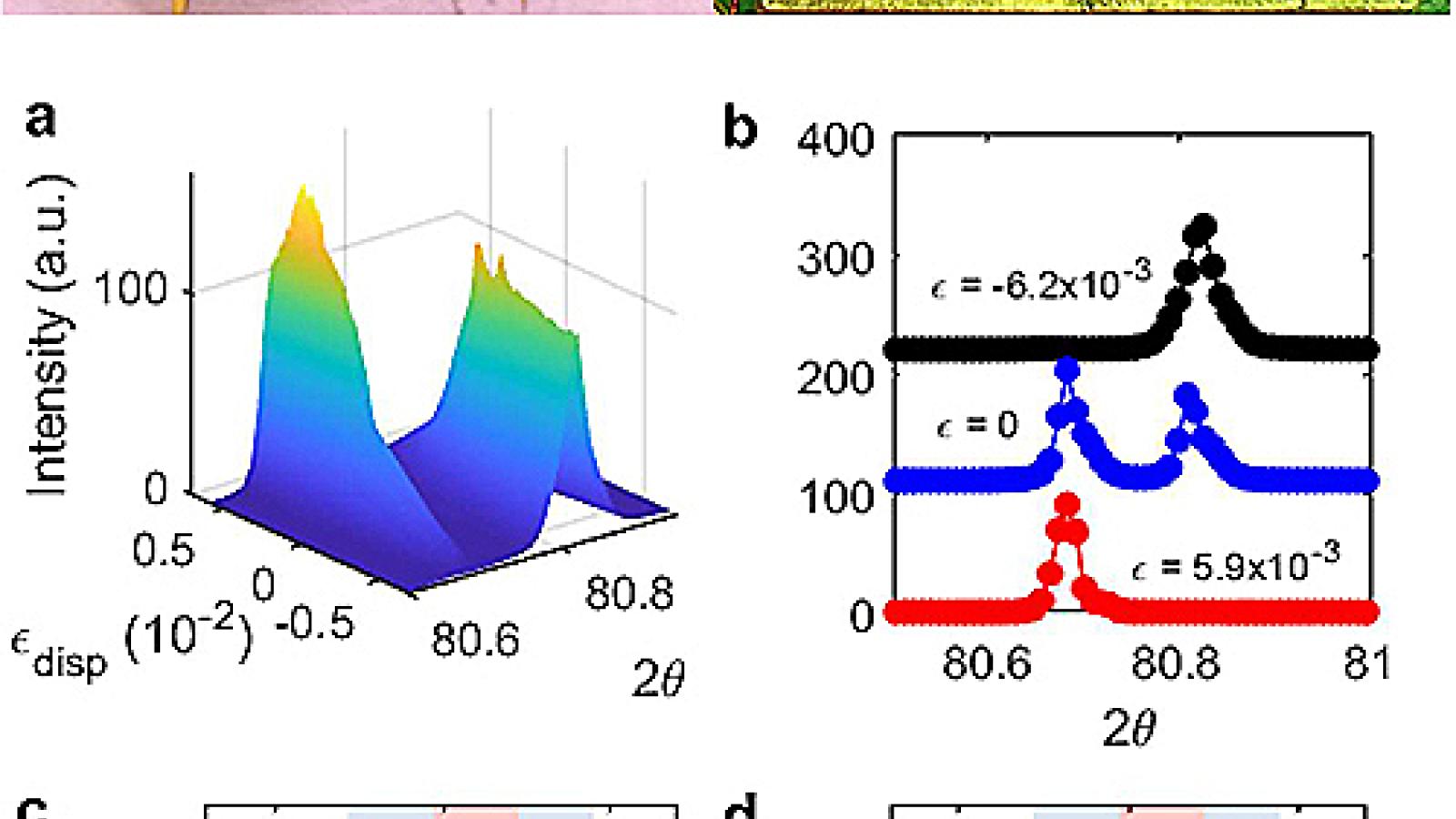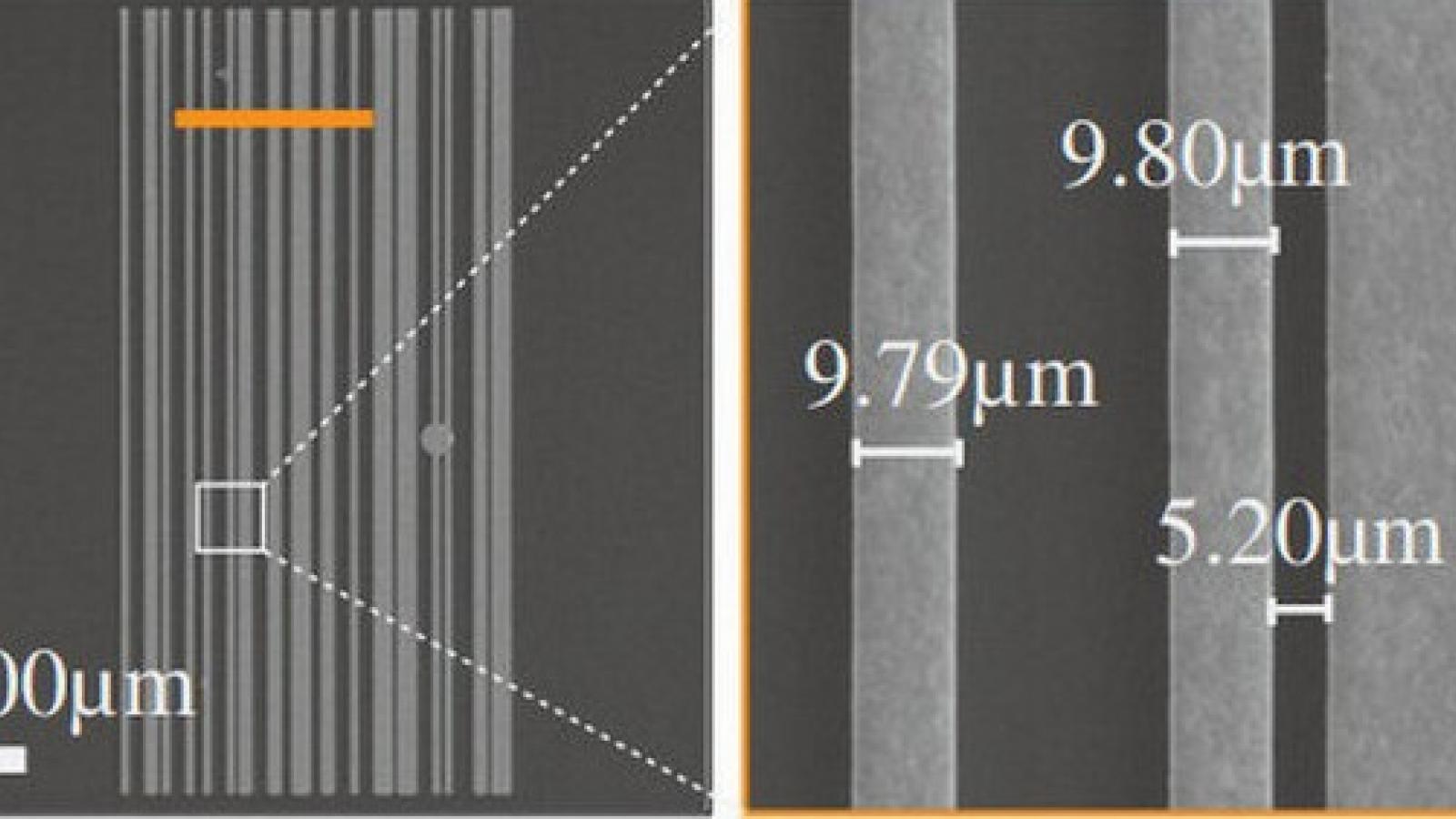06.10.2015
Researchers used resonant magnetic scattering measurements at beamline 6-ID-B to probe magnetic ordering in Na2IrO3, a material where anisotropic exchange (Kitaev) interactions dominate over isotropic...
6-ID-B,C
07.16.2015
Researchers used x-ray resonant scattering measurements at 6-ID-B to probe the collapse of magnetic ordering in Mott insulator iridate Sr3Ir2O7 as electrons are doped with La doping at the Sr site. Th...
6-ID-B,C
07.23.2015
Researchers used XAS (4-ID-D) and resonant XRD (6-ID-B) to study the role of electron-lattice coupling in the metal-insulator transition (MIT) of rare-earth nickelates by controlling lattice distortio...
4-ID-D, 6-ID-B,C
04.21.2016
Researchers used resonant XRD (6-ID-B) and XAS (4-ID-D) to probe emergence of a “Polar metal” at the strained interface of an oxide heterostructure in an attempt to accelerate discovery of multifu...
4-ID-D, 6-ID-B,C
05.27.2016
Researchers used XRD (6-ID-B) and XAS/XMCD (4-ID-D) techniques to probe the effects of dimensional confinement in manganite/iridate superlattices with an eye at enabling all-oxide spintronics...
4-ID-D, 6-ID-B,C
10.23.2017
Layer by layer, University of Tennessee, Knoxville physicists are exploring the frontiers of tuning material properties down to the atomic level. Experimenting with the stacking pattern of superlattic...
4-ID-D, 6-ID-B,C
01.25.2018
Sometimes a little frustration and disorder can be a good thing, at least in the quest for the elusive and exotic state of matter known as a quantum spin liquid (QSL). In such systems, the electrons ...
6-ID-B,C
03.02.2018
Two-dimensional (2-D) crystalline films often exhibit interesting physical characteristics, such as unusual magnetic or electric properties. By layering together distinct crystalline thin films, a so-...
4-ID-D, 6-ID-B,C
06.11.2018
Sometimes a good theory just needs the right materials to make it work. That’s the case with recent findings by University of Tennessee, Knoxville’s physicists and their colleagues, who designed a...
4-ID-D, 6-ID-B,C, 33-BM-C
04.28.2020
A multi-national team of researchers using the U.S. Department of Energy’s APS probed the magnetic and crystalline properties of two superlattices and described magnetic tunability that should prove...
6-ID-B,C, 27-ID-B, 33-BM-C
01.25.2021
A New One-Step Process for Creating Self-Assembled Metamaterials: Based in large part on experiments carried out at the U.S. Department of Energy’s Advanced Photon Source, researchers show the reali...
6-ID-B,C
02.08.2021
Direct Observation of Piezomagnetic Domains in Uranium Dioxide: Only a few crystalline compounds are known to exhibit the rare phenomenon of piezomagnetism. Research at the U.S. Department of Energy'...
6-ID-B,C, 16-BM-D
05.24.2021
Using Strain to Control an Iron-Based, High-Temperature Superconductor: Experiments at the U.S. Department of Energy’s Advanced Photon Source demonstrated the capability to dramatically promote or ...
6-ID-B,C
06.10.2025
In pursuit of a more efficient and reliable approach to synchrotron X-ray tomography, a research team recently combined dark-field X-ray microscopy (DFXM) with a technique called structured illuminati...
6-ID-B,C

